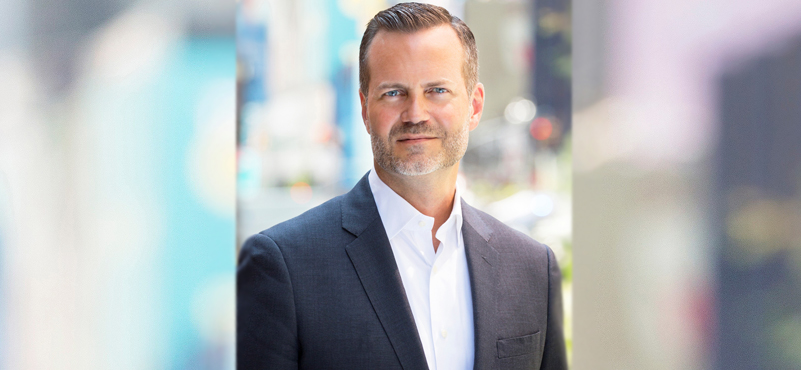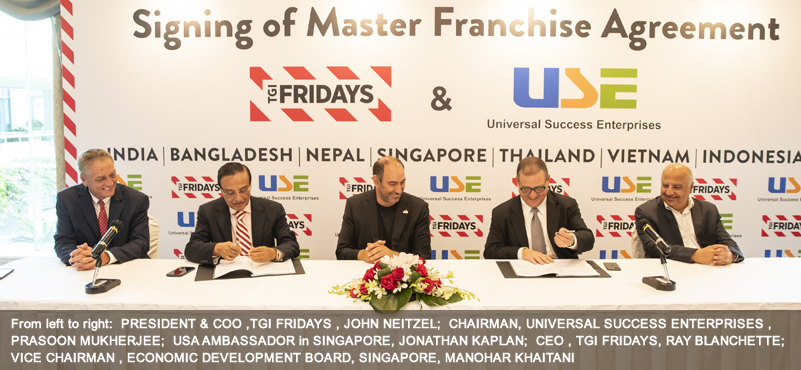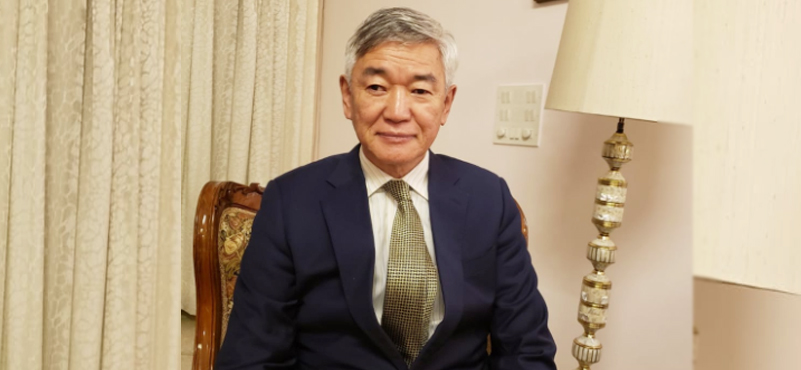Fred Dixon, President and CEO, NYC & Company., was recently in the capital to promote New York in the Indian market. He was accompanied by Christopher Heywood, SVP-Global Communications, amongst others. The delegation outlined a new global initiative – ‘2019: A Monumental Year’ to highlight several new additions to the city’s offerings and promote new developments and hotel openings across 8 key Indian cities through media and trade partners.
On the sidelines of the event, we caught up with Fred Dixon to understand his perspectives on tourism in India. He suggested taking the PPP route for outreach, favouring a city-based approach. Most notably, he advocated basing new Indian tourism products in line with the country’s cultural and historical riches. Expressing tremendous faith in the Indian market, he insisted that he had bet his money on India for the long-term. Excerpts from the interaction:

If there is one learning that India can take from New York is its constant ability to rejuvenate its tourism product, always maintaining the attraction. How can India do the same? Where can we emulate?
Reinventing itself is very core to the idea of New York City. That is why we have so much new content coming in all the time and we try to churn it out in digestible ways. Experiencing something new every time is a part of the New York experience and a demand driver. India is in a unique position, much different than ours, because of its rich heritage. We are just a baby compared to all the rich sites India has. So, it has to be a mix of government guidance and leadership, combined with private industry investments. I think it will require a combination of public and private sector efforts to create a pipeline of new developments that would encourage stimulus. An important takeaway here is that it would need to be keeping in with India’s identity.
I think, one of the biggest fears, for tourism in the future is the notion of homogenization of the tourism product. Every destination looks the same. I would encourage any future development in line with India’s rich heritage and culture. Whether it is cuisines, art and craft or any other theme, the idea is not to create another Las Vegas, or any other artificial destination but keeping true to India’s traditions. With so much to explore, I cannot help but think that there is going to be a lot of opportunities.
Is city-based promotion the way out? The approach has been successfully put to use by several American cities for a considerable period of time. India’s tourism promotion is very much driven by the federal government and states. Do you think it is time for city-based promotion in India to come to fore?
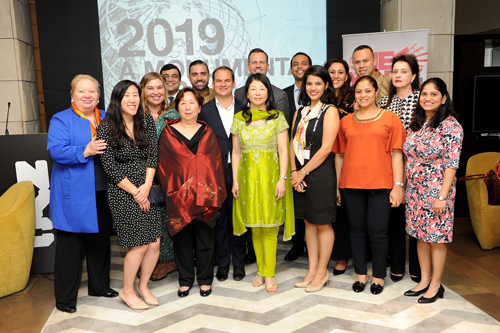
Well, I am a little biased, coming from a major city. But the influence of urban travel on the overall landscape is undeniable. Travellers are looking for rich experiences that one can find very easily in cities. It is an interesting question you raise about the government model of tourism promotion vs. the private one (that we have in the USA). We are beginning to see many regions in the world adopting the private model – which enables them to hire a more competitive talent and undertake more Public-Private Partnerships. Such as our Mastercard campaign which would have been difficult had we been a government agency. It has been a much easier process for us, as a private entity. It has allowed us to get more dynamic industry partners on board. The private model really should be considered for future growth.
We saw what happened in Puerto Rico. Looking to recover after the hurricane, they build an organisation, modelled on us, called Discover Puerto Rico. They are already getting a fast success. We would be happy to help (Indian government) with any ideas, case studies and role models.
Despite all the political rhetoric and bad press around destinations in the USA, the attraction of New York is intact in the Indian outbound. New York continues to prevail. Moving forward, where do you envisage a challenge, a bottleneck, in driving the Indian outbound to NY and how are you planning on addressing it?
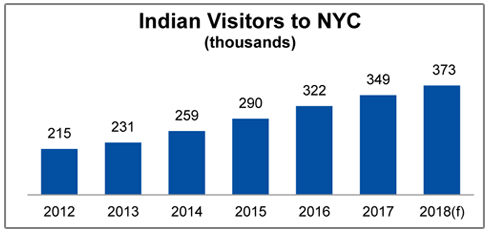 One of the biggest issues in growing the Indian market will be access. We really need to do something about the air traffic and increase capacity. We (our capacity) are fairly limited now. Middle-eastern carriers have filled a big void while European carriers are also carrying a part of it (Indian traffic). There are connections from India, but we are going to need more. We would love to see, perhaps, Air India make some additional investments. American carriers, equally, should look at how they can step up and not only fill in the demand but create new demand.
One of the biggest issues in growing the Indian market will be access. We really need to do something about the air traffic and increase capacity. We (our capacity) are fairly limited now. Middle-eastern carriers have filled a big void while European carriers are also carrying a part of it (Indian traffic). There are connections from India, but we are going to need more. We would love to see, perhaps, Air India make some additional investments. American carriers, equally, should look at how they can step up and not only fill in the demand but create new demand.
When you look at connectivity, secondary markets in India are larger than some of the major markets in the world. We are beginning to see that in China where secondary markets are launching non-stops to serve destinations. Hopefully, we can get to a place where we can do that in the Indian market, too, which will stimulate more growth and opportunity. It could be backed by a private sector-led tourism model. Should that happen, I think we would see very quick success on both ends.
Are you meeting government officials to convince them of these steps?
Not on this trip. We met government officials on the previous trip. I was a part of the US-India Aviation Roundtable. Moving forward, one of the interesting challenges, as a city, is that we do not have complete control over the airspace. It is, after all, a federal mandate. As a city board, we can make suggestions and lobby. It is really for federal governments to figure it out. Therein lies the bottleneck.
So, there is more optimism than pessimism?
Absolutely, no question. My money is on India for the long-term.

